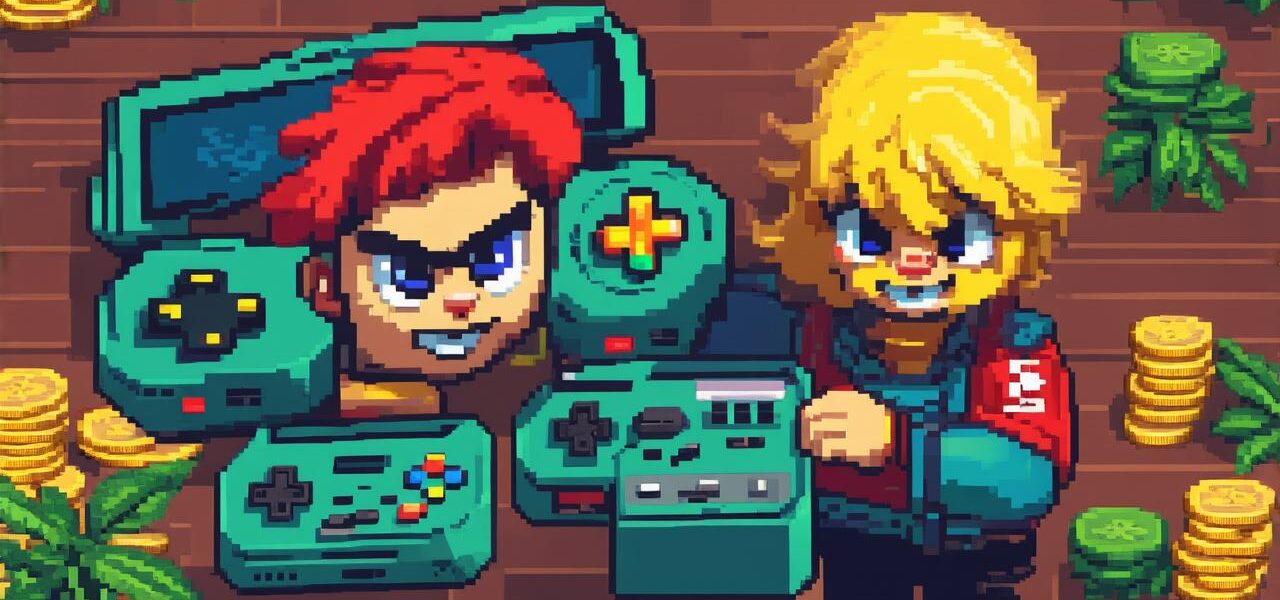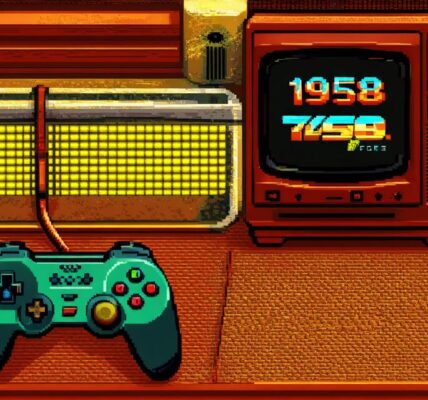
Impulse Buying
One of the main drivers of overspending on video game microtransactions is impulse buying. When presented with a prompt to purchase in-game content, players may be more likely to make a quick decision without fully considering the value of what they are purchasing. This can lead to unnecessary spending and a feeling of regret later on.
For example, in the popular mobile game “Candy Crush Saga,” players have the option to purchase in-game currency called “Lollipops” that can be used to buy new levels or power-ups. However, these Lollipops are also available through daily challenges and special events, making it easy for players to overspend without realizing it.
Social Comparison
Another reason why overspending on video game microtransactions is so easy is social comparison. Players may feel pressure to keep up with their friends or peers by purchasing in-game content, even if they don’t really need it. This can lead to a feeling of inadequacy and a desire to spend more money to achieve parity with others.
For example, in the popular multiplayer game “Fortnite,” players have the option to purchase in-game currency called “V-Bucks” that can be used to buy new outfits, weapons, and other items. However, these items are often highly sought after by players, leading to a sense of urgency and a desire to spend more money to keep up with the Joneses.
Expert Opinions
Many experts in the field of video game economics agree that impulse buying and social comparison are two key reasons why overspending on microtransactions is so easy. “Microtransactions are designed to be addictive and to exploit people’s weaknesses,” says Dr. Richard Vanderbilt, a professor of marketing at the University of Pennsylvania. “Impulse buying and social comparison are two common ways that game designers can take advantage of these weaknesses.”
Another expert, Dr. Nick Yee, a professor of sociology at Georgetown University, has conducted extensive research on the impact of microtransactions on video games.
“Microtransactions have become an important part of the gaming industry,” he says. “But they can also be exploitative and lead to overspending by players who are trying to keep up with their friends or feel like they need the latest in-game content.”
Real-Life Examples
There are many real-life examples of how impulse buying and social comparison can lead to overspending on video game microtransactions. For example, in the popular mobile game “Pokemon GO,” players have the option to purchase in-game currency called “PokeCoins” that can be used to buy new items or power-ups. However, these coins are also available through daily challenges and special events, making it easy for players to overspend without realizing it.
랑
FAQs
Q: How do impulse buying and social comparison contribute to overspending on video game microtransactions?
A: Impulse buying and social comparison can lead to overspending on video game microtransactions by making players more likely to make quick decisions without fully considering the value of what they are purchasing, and by creating a feeling of inadequacy and a desire to spend more money to keep up with friends or peers.
Q: Are there any benefits to using microtransactions in video games?
A: Some people argue that microtransactions provide added value and convenience by allowing players to purchase in-game content without having to grind for it or wait for long periods of time. However, others argue that they can be exploitative and lead to overspending by players.
Q: How can I avoid overspending on video game microtransactions?
A: To avoid overspending on video game microtransactions, try to think carefully before making a purchase and consider whether the item is really something you need or just something you want. You can also set a budget for yourself and stick to it, and try to resist the temptation to spend more money to keep up with friends or peers.
Summary
In conclusion, there are two key reasons why overspending on video game microtransactions is so easy: impulse buying and social comparison. While some see these transactions as an unnecessary addition to the gaming experience, others argue that they provide added value and convenience. However, it’s important for players to be mindful of their spending habits and to think carefully before making a purchase. By doing so, players can avoid overspending and enjoy a more fulfilling gaming experience.




